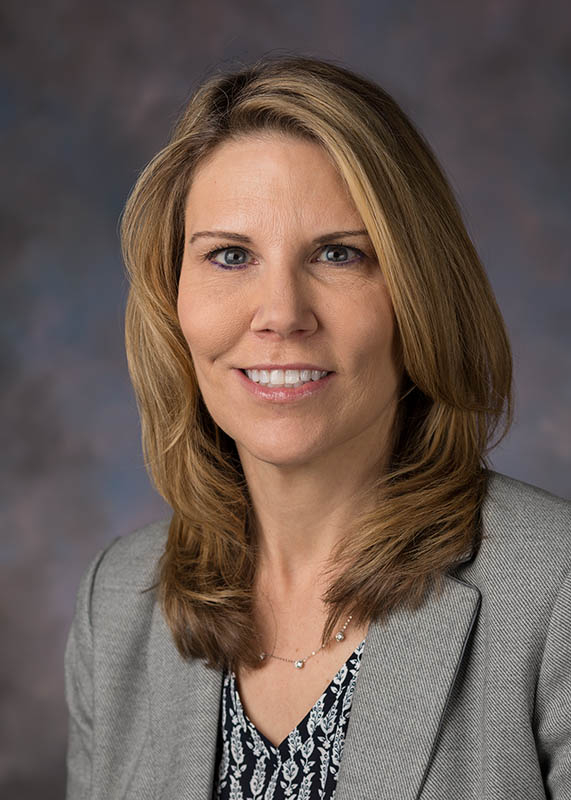Standardizing Training in Pediatric Cardiac Critical Care
Standardizing Training in Pediatric Cardiac Critical Care https://pediatricsnationwide.org/wp-content/themes/corpus/images/empty/thumbnail.jpg 150 150 Mary Bates, PhD Mary Bates, PhD https://secure.gravatar.com/avatar/c6233ca2b7754ab7c4c820e14eb518c8?s=96&d=mm&r=g- October 18, 2021
- Mary Bates, PhD
In a new report, a taskforce of experts presented their recommendations to standardize training in pediatric cardiac critical care. The authors hope the report is a first step toward more oversight of training and certification in the field.
The field of pediatric cardiac critical care is relatively young but growing quickly. Currently, there are 120 centers performing congenital heart surgery in the United States. As the field has evolved, multiple training pathways have been undertaken by doctors interested in a career in pediatric cardiac critical care with the most common pathways including either an advanced (or “4th year”) fellowship, done after a categorical fellowship, or dual fellowships in pediatric cardiology and critical care medicine. Unlike most other specialties (and all categorical fellowships), there is no standardization or oversight of training of many advanced (4th year) fellowships, including pediatric cardiac critical care and no subspecialty certification in the field.
To work towards remedying this, a taskforce of pediatric cardiac intensivists, including the directors of the nineteen 4th year pediatric cardiac critical care training programs in the United States, came together to develop a standardized curriculum to be adopted by all training centers. They published their recommendations in the journal Pediatric Critical Care Medicine.
The report includes learning objectives, clinical rotational expectations and institutional requirements for providing advanced training in pediatric cardiac critical care.
Catherine Krawczeski, MD, Division Chief of Cardiology and co-director of The Heart Center at Nationwide Children’s and one of the report’s authors, says that the task force’s recommendations were designed to be consistent with the Accreditation Council for Graduate Medical Education (ACGME), the body that governs residencies and categorical fellowships.
“Our ultimate goal would be to achieve ACGME oversight of pediatric cardiac critical care training and subsequently have the American Board of Pediatrics develop certification in it, like any other specialty,” says Dr. Krawczeski.

Catherine Krawczeski, MD
“This was a first step toward those goals.”
Dr. Krawczeski commends the ability of this task force to recognize the importance of standardization in pediatric cardiac critical care and to work together to promote the growth and maturation of the field.
“To me, it demonstrates collaboration rather than competition,” says Dr. Krawczeski, who is also the George H. Dunlap Endowed Chair in Cardiology and a professor at The Ohio State University College of Medicine.
“We worked together to determine the best recommendations for training and certification so that we can train people to be truly outstanding. We all want to provide the highest quality care and optimize outcomes for children.”
Reference:
Tabbutt S, Krawczeski C, McBride M, Amirnovin R, Owens G, Smith A, Wolf M, Rhodes L, Hehir D, Asija R, Teele SA, Ghanayem N, Zyblewski S, Thiagarajan R, Yeh J, Shin AY, Schwartz SM, Schuette J, Scahill C, Roth SJ, Hoffman TM, Cooper DS, Byrnes J, Bergstrom C, Vesel T, Scott JP, Rossi A, Kwiatkowski D, DiPietro LM, Connor C, Chen J, Charpie J, Bochkoris M, Affolter J, Bronicki RA. Standardized Training for Physicians Practicing Pediatric Cardiac Critical Care. Pediatric Critical Care Medicine. 2021 Sep 22. doi: 10.1097/PCC.0000000000002815.
Image credit: Nationwide Children’s
About the author
Mary a freelance science writer and blogger based in Boston. Her favorite topics include biology, psychology, neuroscience, ecology, and animal behavior. She has a BA in Biology-Psychology with a minor in English from Skidmore College in Saratoga Springs, NY, and a PhD from Brown University, where she researched bat echolocation and bullfrog chorusing.
-
Mary Bates, PhDhttps://pediatricsnationwide.org/author/mary-bates-phd/December 27, 2016
-
Mary Bates, PhDhttps://pediatricsnationwide.org/author/mary-bates-phd/
-
Mary Bates, PhDhttps://pediatricsnationwide.org/author/mary-bates-phd/
-
Mary Bates, PhDhttps://pediatricsnationwide.org/author/mary-bates-phd/




